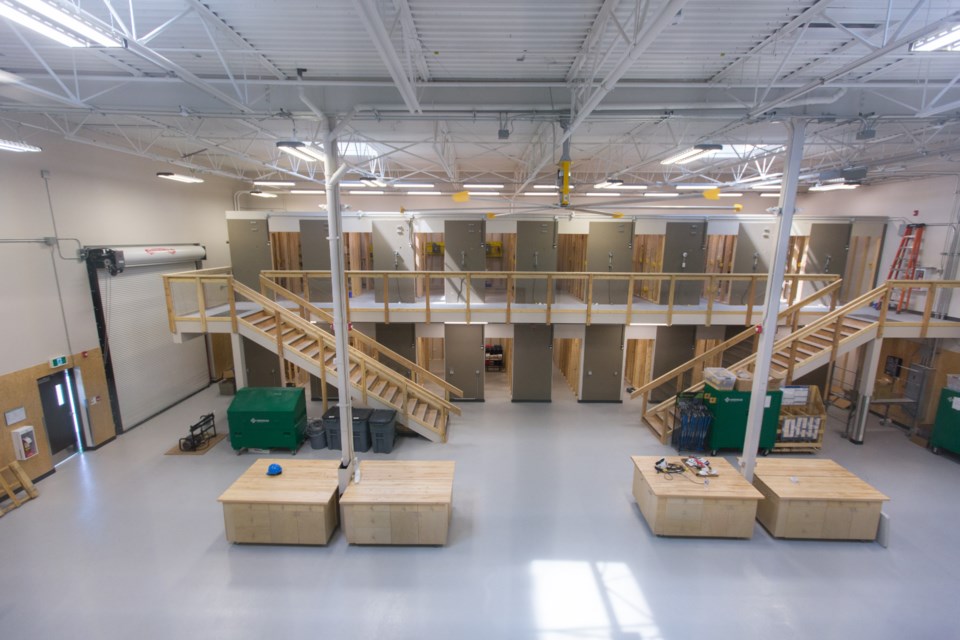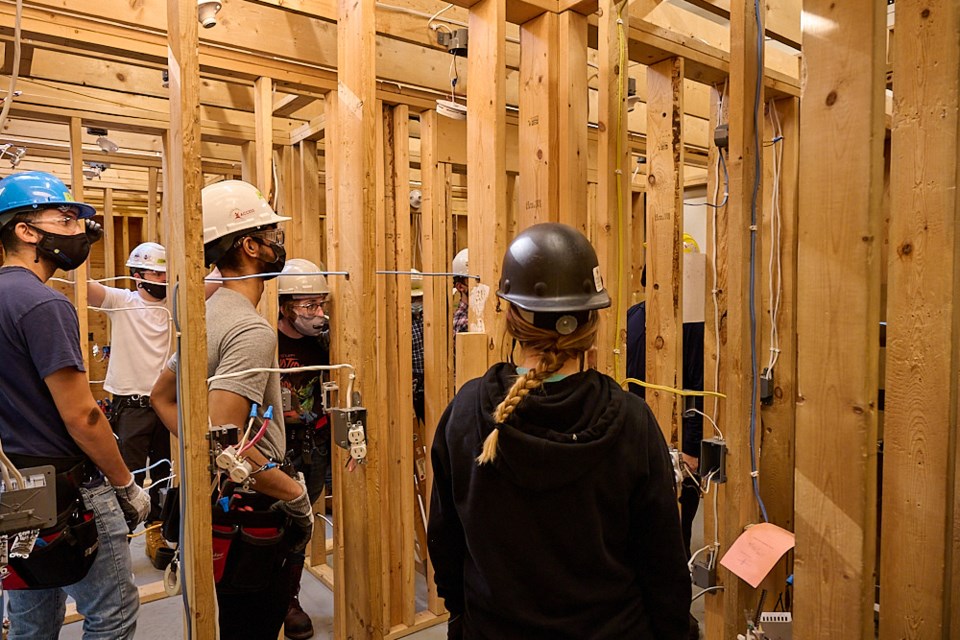If you’re passionate about helping others in a very hands-on way, have a knack for problem solving and are excited by an ever-changing work environment, a career in electricity could be exactly what you’re looking for.
Skilled tradespeople are already in high demand in Canada, with an estimated 700,000 skilled trades workers expected to retire by 2028.
Electrician careers are very promising, says managing director Phil Davis of the Port Coquitlam-based Electrical Joint Training Committee, as the country works to reduce emissions with electrification – or powering something with electricity produced by renewable sources, as opposed to fossil fuels.
“It’s a very exciting position to be in because of the growth in this sector, the movement towards the electrification of everything. There are opportunities coming. It is a growing, changing and very vibrant sector of our economy and the construction landscape,” he says. “This sector supports our green economy, and there’s so much work that’s available right now.”

The Electrical Joint Training Committee (EJTC), a partnership between the International Brotherhood of Electrical Workers Local 213 and the Electrical Contractors Association of B.C., works to provide the best electrical trades training at the entry, apprentice and journeyperson level.
With high completion rates, the EJTC manages approximately 800 electrician apprenticeships in B.C., all of which offer paid and supported on-the-job learning opportunities during the four to five years it takes to become a red-seal certified electrician.
“Apprenticeship is learning on the job 80 per cent of the time and learning in technical school about 20 per cent of the time. Between those, it really helps produce well-rounded individuals,” says Davis. “You come into the training program and come out – having earned almost the entire time – with a career that can easily achieve six figures for you.”

To give you a foundation for an apprenticeship, they also offer an entry-level electrical trades training program. In this 25-week program, you learn a combination of electrical theory for 15 weeks before embarking on 10 weeks of paid work experience with a contractor.
In addition to paid work experience and student-focused education, diversity and inclusion are also at the top of the EJTC’s priorities.
“We are extremely engaged and committed to a diverse workforce. Right now, we’re at about 12 per cent women in our apprenticeships and about 10 per cent of our apprenticeship is Indigenous. We’re always looking to expand, provide opportunities, because otherwise we are missing out on some fabulous individuals who can contribute to the trade,” says Davis.
On Nov. 12, the EJTC will be hosting their first grad banquet in four years, where a class of more than 200 will be celebrating the completion of their program.
If you’re interested in becoming a red-seal certified electrician, the Electrical Joint Training Committee (EJTC) encourages you to apply through their website. And to stay up to date with their announcements and events, follow them on Instagram and Facebook.



